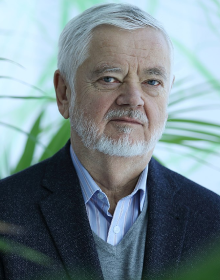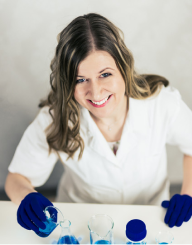Glossary of terms
It slows down development and causes various problems with speech, balance and intellect. Around 100 children in the Czech Republic have been diagnosed with this condition. It manifests itself initially with delayed development, later with reduced intellect, difficulty in walking, very often epilepsy and sleep disorders
Seizures are often part of life for an “Angelman” like Oliver. The disease was originally named after Dr. Angelman. The children who suffer from the disease can usually be found smiling and exhibiting positive behavior.
This method, credited to American scientist Jenifer Doudna, was discovered in 2012. It was a major discovery that seemed to kick-start genetic research to a much higher level. The basis of the method is the use of the immune system of bacteria. Even bacteria have their enemies. These are viruses, for example. The way a bacterium’s defence system works is that if a virus attacks it, the bacterium is able to identify the virus, unwind it and cut its DNA. Because the virus has damaged DNA, it can no longer reproduce. The bacterium “remembers” viruses that have attacked it in the past, that is, it writes parts of the DNA of viruses that have attacked the bacterium in the past into its CRISPR “memory”.
It means that its genetic makeup has been purposefully altered in ways that do not normally occur in nature. Most often GMOs are prepared by artificially introducing into a certain organism a gene isolated from another species, which leads to overcoming the so-called natural reproductive barrier. In practice, this looks like, for example, a gene from a human being is transferred into a bacterium or a gene from a bacterium into a plant. This way of changing genetic information is called transgenesis, and organisms modified in this way are called transgenic. In contrast to breeding, which was experimented with, for example, by the founder of genetics, Gregor Johann Mendel, transgenesis leads to organisms with completely new properties that cannot be induced by classical genetic methods. Genetic modification is used in research, the results of which lead to a better understanding of the nature of certain diseases and to the production of more effective drugs and improved treatments.
Gene therapy is the next generation of drugs that targets the underlying cause of a genetic disease. It has the potential to provide patients with a breakthrough clinical benefit and significantly improve their quality of life. These ground-breaking single-dose therapies will impact the way we treat patients globally over the next few years, potentially reducing the burden on patients of the need for daily administration and thereby contributing to the efficiency of the healthcare system.





